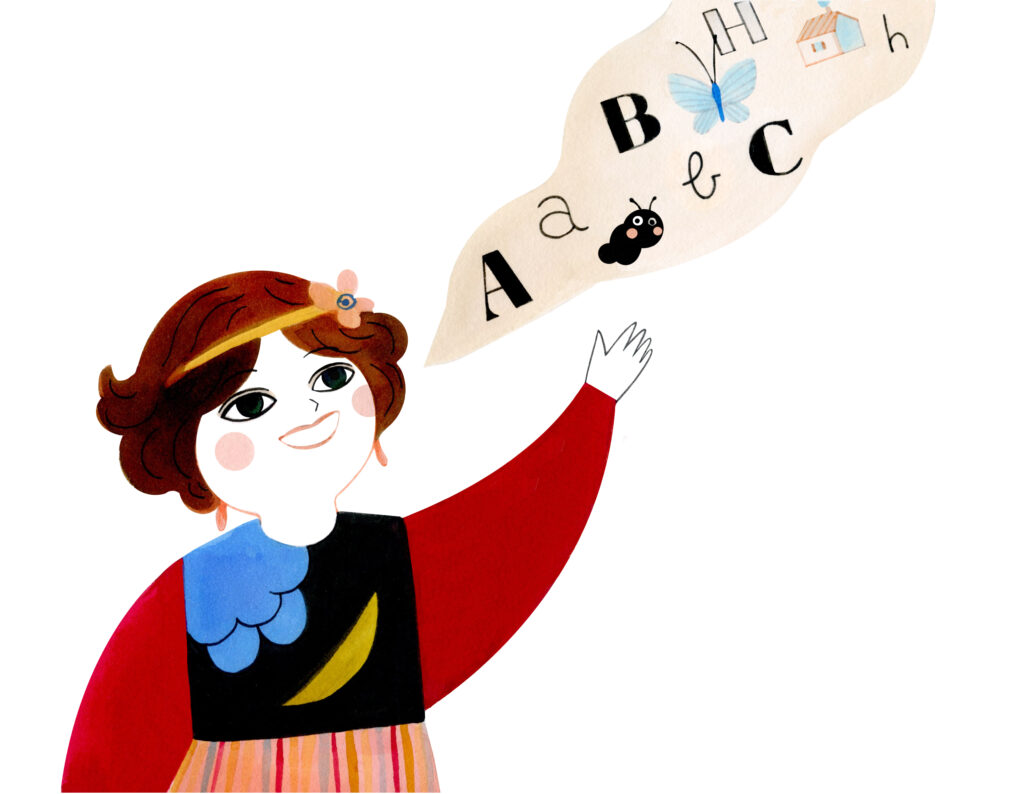When learning a foreign language, we may discover that the sounds and letters of a completely new language seem familiar and the meaning of the words is quite easy to guess. Language learners may explain it by their good learning strategies or pure luck, but researchers and educators know exactly what stands behind this phenomenon — it all happens because of cross-linguistic transfer.
But what exactly is cross-linguistic transfer? The answers of researches differ. While some believe cross-linguistic transfer to be a process of transferring person’s specific knowledge from one language to another, others explain it as a phenomenon that launches much deeper cognitive mechanisms that underlie all language processes. In any case, the outcomes of cross-linguistic transfer are well-seen in real-life experiences of language learners. It is cross-linguistic transfer that is responsible for helping language learners to recognise and make sense of separate sounds, syllables, and words in the oral speech of a foreign language. It is also cross-linguistic transfer that makes reading in a foreign language easier because a person’s existent knowledge of a script, principles of word and sentence composition, vocabulary, and general strategies of reading comprehension, such as decoding the unknown words and concluding about their meaning based on the contextual information, are transferred between languages that a person knows and learns.
What is interesting to note is that not only language speakers of close languages, like English and German can benefit from cross-linguistic transfer, which for them is manifested in the ability to easily recognise letters because of the similar alphabets, compose words because of the matching word-construction principles, and build sentences because of the close grammatical rules. In many aspects, the transfer occurs also between typologically different languages, like English and Chinese. For example, English-Chinese bilingual children are advanced in the identification of sounds in both languages, which is crucial for word differentiation and ultimately reading. All of this can happen because of deep underlying processes that are shared among different languages. Altogether, cross-linguistic transfer is a complex phenomenon thanks to which bilingual language learners and speakers can operate their languages with more ease.
Cummins, J. (2000). Language, power, and pedagogy:
Bilingual children in the crossfire. Clevedon, UK: Multilingual Matters.






